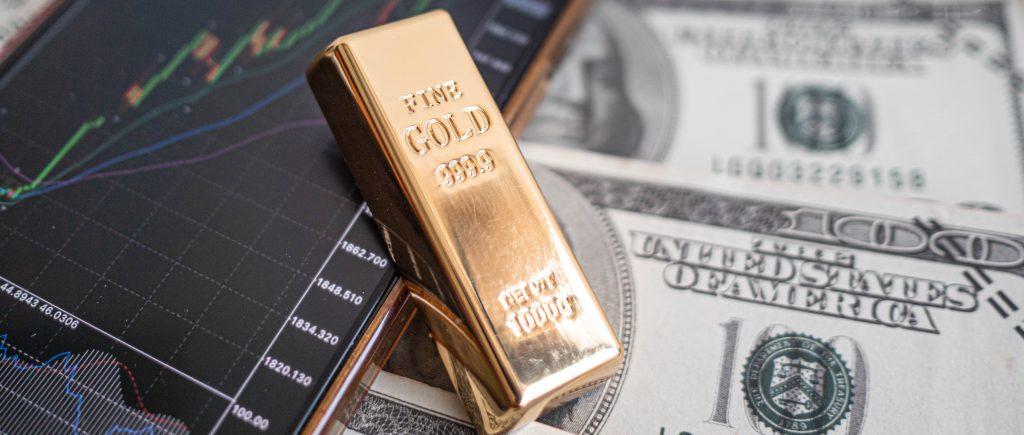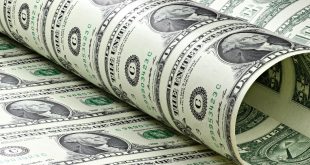Gold prices faced a turbulent start to the week of August 11, 2025, dropping sharply to around $3,345 per troy ounce, a decline of nearly 1.5% on Monday, as optimism over potential Russia-Ukraine peace talks and a firmer risk appetite curbed safe-haven demand. December gold futures fell $80.50 to $3,410.80, while September silver futures shed $0.682 to $37.865. The pullback followed a strong rally last Friday, driven by weak U.S. jobs data, but uncertainty surrounding U.S. tariff policies on gold imports added volatility. Despite the dip, the medium-term outlook for gold remains bullish, supported by expectations of Federal Reserve rate cuts, persistent inflation, and geopolitical tensions.
The U.S. labor market continues to signal distress, amplifying expectations for monetary easing. July’s non-farm payrolls report, which added just 73,000 jobs against expectations of 150,000, coupled with an unemployment rate rise to 4.2%, has pushed the probability of a September rate cut to 88%, according to the CME FedWatch Tool. Falling Treasury yields, with the 10-year note at 4.26%, and a slightly weaker U.S. dollar index near 98.60 provide a supportive backdrop for gold. The unexpected resignation of a Federal Reserve governor, effective August 8, has further fueled speculation of a dovish appointee, potentially accelerating rate cut bets and bolstering gold’s appeal.
Geopolitical developments and trade policies are critical drivers for gold’s trajectory. Recent market jitters over potential U.S. tariffs on 1-kilogram and 100-ounce gold bars were eased by a White House announcement clarifying that such tariffs were misinformation, with an executive order expected to confirm gold’s exemption. However, broader trade tensions persist, with U.S. reciprocal tariffs, effective August 7, raising the overall tariff rate to 18.6%—the highest since 1934. The looming expiration of a 90-day U.S.-China tariff truce on August 12 adds uncertainty, as markets await President Trump’s decision on an extension, potentially tied to concessions on AI chip export controls ahead of a U.S.-China summit. Meanwhile, optimism surrounding a Trump-Putin summit on August 15 in Alaska to address the Russia-Ukraine conflict has reduced safe-haven demand, contributing to Monday’s price drop.
The upcoming Consumer Price Index (CPI) report, due Tuesday, August 12, is a pivotal event for gold markets. Consensus forecasts predict a 0.2% month-over-month rise in headline CPI and 0.3% in core CPI. A softer-than-expected print could propel gold past the $3,400 resistance, potentially targeting the all-time high near $3,500, while stickier inflation might limit gains. The Producer Price Index on Thursday and Retail Sales data on Friday will further shape expectations for Federal Reserve policy. Analysts warn that tariffs could embed inflationary pressures in sectors like housing and healthcare, reinforcing stagflation fears—a scenario historically favorable for gold, as seen in the 1970s when real interest rates turned negative.
From a technical perspective, gold remains above its 200-day moving average of $3,009.60 but is testing the 50-day average at $3,343. Immediate support lies at $3,350, with a break below potentially exposing the 100-day SMA at $3,292. On the upside, a sustained move above $3,400 could trigger momentum-driven buying toward $3,500. The Relative Strength Index (RSI) at a neutral 50 and a slightly bullish Moving Average Convergence Divergence (MACD) suggest cautious optimism, though fading buying pressure warrants close monitoring. Institutional sentiment, exemplified by Citigroup’s revised $3,500 three-month target, underscores gold’s appeal amid low real yields and central bank demand.
Despite Monday’s sell-off, gold’s fundamentals remain robust. The Federal Reserve’s delicate balancing act between rising unemployment and sticky inflation, combined with geopolitical risks and tariff-driven price pressures, creates a compelling case for gold as a hedge. Investors are likely to view dips toward $3,343 as buying opportunities, anticipating that a dovish Fed and stagflation risks will drive prices higher in the coming months.

 Noor Trends News, Technical Analysis, Educational Tools and Recommendations
Noor Trends News, Technical Analysis, Educational Tools and Recommendations




